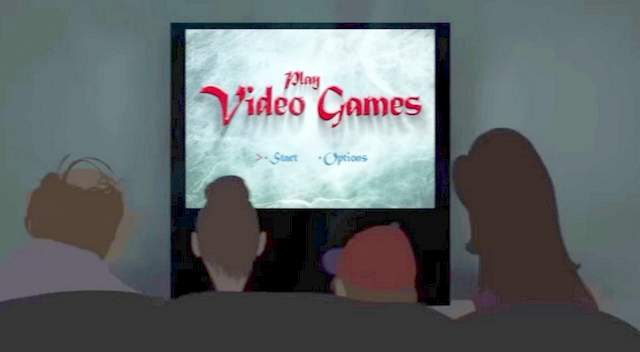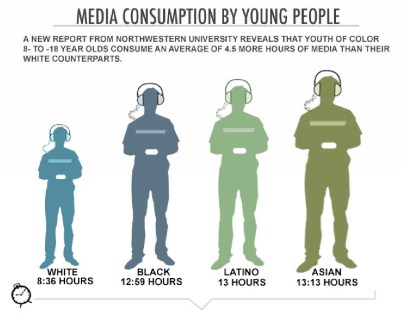More screen time, less sleep (probably due to less vitamin D)
Sleep and use of electronic devices in adolescence: results from a large population-based study

BMJ Open 2015;5:e006748 doi:10.1136/bmjopen-2014-006748
Mari Hysing1, Ståle Pallesen2,3, Kjell Morten Stormark1, Reidar Jakobsen1, Astri J Lundervold1,4, Børge Sivertsen5,6,7
1Regional Centre for Child and Youth Mental Health and Child Welfare, Uni Research Health, Bergen, Norway
2Department of Psychosocial Science, University of Bergen, Bergen, Norway
3Norwegian Competence Center for Sleep Disorders, Haukeland University Hospital, Bergen, Norway
4Department of Biological and Medical Psychology, University of Bergen, Bergen, Norway
5Division of Mental Health, Norwegian Institute of Public Health, Bergen, Norway
6Uni Research Health, Bergen, Norway
7Department of Psychiatry, Helse Fonna HF, Haugesund, Norway
Correspondence to: Dr Mari Hysing; mari.hysing@uni.no
Received 26 September 2014, Revised 28 November 2014, Accepted 2 December 2014, Published 2 February 2015
 * Dark skinned teens use media much more - June 2011 has the following graphic
* Dark skinned teens use media much more - June 2011 has the following graphic
 1. See also web
* Poor Sleep May Spur College Weight Gain NYT Oct 2015
* Increased screen time and lower vitamin D NOT mentioned
1. See also web
* Poor Sleep May Spur College Weight Gain NYT Oct 2015
* Increased screen time and lower vitamin D NOT mentioned
Objectives Adolescents spend increasingly more time on electronic devices, and sleep deficiency rising in adolescents constitutes a major public health concern. The aim of the present study was to investigate daytime screen use and use of electronic devices before bedtime in relation to sleep.
Design A large cross-sectional population-based survey study from 2012, the youth@hordaland study, in Hordaland County in Norway.
Setting Cross-sectional general community-based study.
Participants 9846 adolescents from three age cohorts aged 16–19. The main independent variables were type and frequency of electronic devices at bedtime and hours of screen-time during leisure time.
Outcomes Sleep variables calculated based on self-report including bedtime, rise time, time in bed, sleep duration, sleep onset latency and wake after sleep onset.
Results Adolescents spent a large amount of time during the day and at bedtime using electronic devices. Daytime and bedtime use of electronic devices were both related to sleep measures, with an increased risk of short sleep duration, long sleep onset latency and increased sleep deficiency. A dose–response relationship emerged between sleep duration and use of electronic devices, exemplified by the association between PC use and risk of less than 5 h of sleep ( OR=2.70 , 95% CI 2.14 to 3.39), and comparable lower odds for 7–8 h of sleep (OR=1.64, 95% CI 1.38 to 1.96).
Conclusions Use of electronic devices is frequent in adolescence, during the day as well as at bedtime. The results demonstrate a negative relation between use of technology and sleep, suggesting that recommendations on healthy media use could include restrictions on electronic devices.
